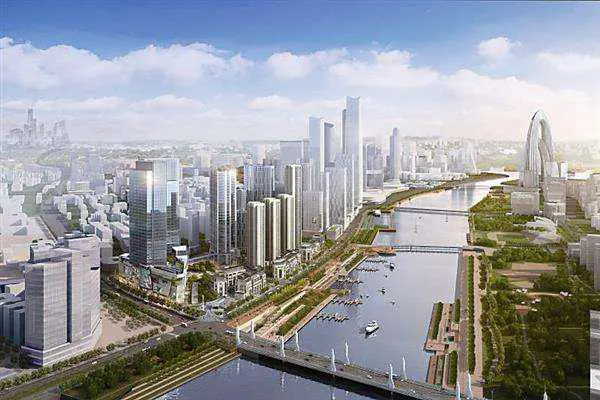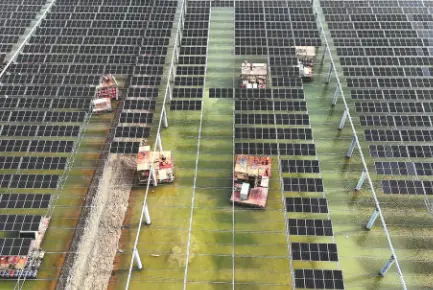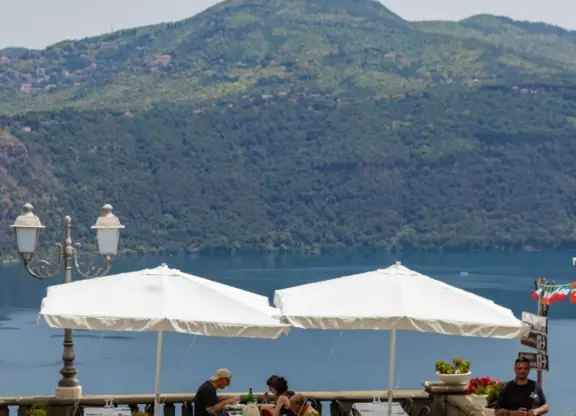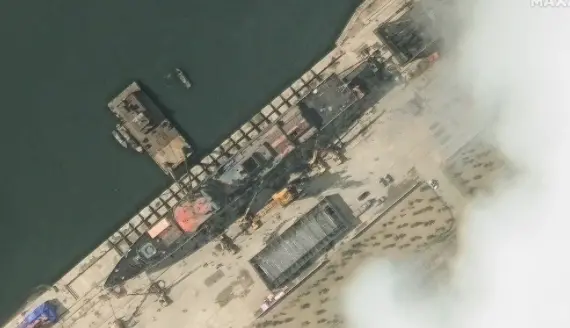On the seven-year anniversary of the start of Syria’s civil war, the path to peace still appears bleak. Nearly half a million people have been killed, and millions have either fled the country or have been internally displaced. A whole generation of children has known nothing but war.
It began with demonstrations over the arrest of young boys, but as had been seen across the Middle East, it quickly expanded into a confrontation with the government.
Pro Bashar al-Assad rallies were also held, but the delicate ethnic and religious balances that held Syria together quickly fell apart. Ancient cities like Homs and Daraa became modern day battlefields.
The fighting was bloody, from town to town, street to street, house to house. The world and the region were shocked – but nations stoked the civil war by taking sides and sponsoring armed groups. The US called for Assad to step down.
By 2012 the fighting was countrywide. The UN sent an envoy. Peace plans were floated – but the killing continued.
People carry their belongings as they flee their homes in the town of Hamouria in Syria's eastern Ghouta region on March 15, 2018
By 2013 chemical weapons were being used against civilians. This was a red line, the US President declared, and the country seemed poised to intervene. Instead, it decided on diplomacy with an influential Russia. An agreement was signed to rid Syria of chemical weapons peacefully.
But Syria continued to implode. Its second most populous city, Aleppo, became a flashpoint. Rebels radicalized by war and outside influence became increasingly Islamic in nature. ISIL rushed in from neighboring Iraq, terrorizing village after village. In the fall of 2014, the US launched an air campaign against the terror group after it shocked the world – showing the execution of kidnapped journalists via social media.
Refugees who had flocked to Turkey, Jordan and Iraq by the millions now tried to move to Europe by the thousands, risking everything for a better life. The migrants were met with a mix of hostility and compassion, creating deep divisions in Europe. Peace plan after peace plan failed.
A member of the Syrian government forces carries an infant while escorting a woman and children among civilians evacuating from the Eastern Ghouta enclave on March 15, 2018
In 2015, Syria’s government forces suffered setbacks. Fears of a radical rebel takeover fueled intervention on behalf of Damascus by Iranian backed forces, and then – perhaps decisively – Russia.
Russia said it was targeting terrorists – just like the US – but the two sides don’t agree on who is a terrorist. Serious tensions arose.
2016 saw further tensions between other powers. Turkey became angry at its US ally for having relied heavily on Syrian Kurdish forces to tackle ISIL (since Kurds have long sought to establish a separate state out of Syrian and Turkish territory).
2017 brought a new US President and a new policy; the US stepped up its fight. Eventually, the self-described caliphate’s capital of Raqqa would fall. For the first time in the conflict, the US launched air strikes in response to an alleged chemical weapons attack by Damascus. Syria denied it, Russia complained and deep divisions remained over Syria’s future.
In 2018, Russia, buoyed by its success in defending the Syrian government and turning the war around, began attempting its own peace initiative.
But the killing has continued. Civilians from the Damascus suburb of Eastern Ghouta are trapped, despite a United Nations-backed cease-fire.
Seven years on, with nearly half a million dead and 12 million having fled their homes, peace is nowhere to be found.
(CGTN)
 简体中文
简体中文










